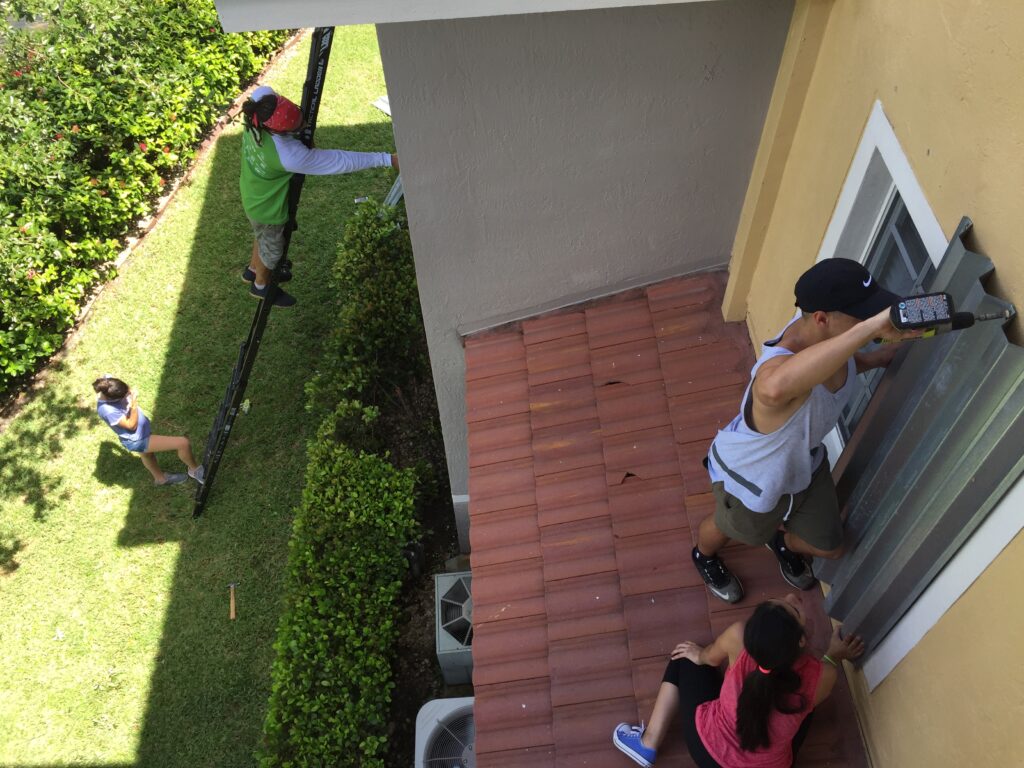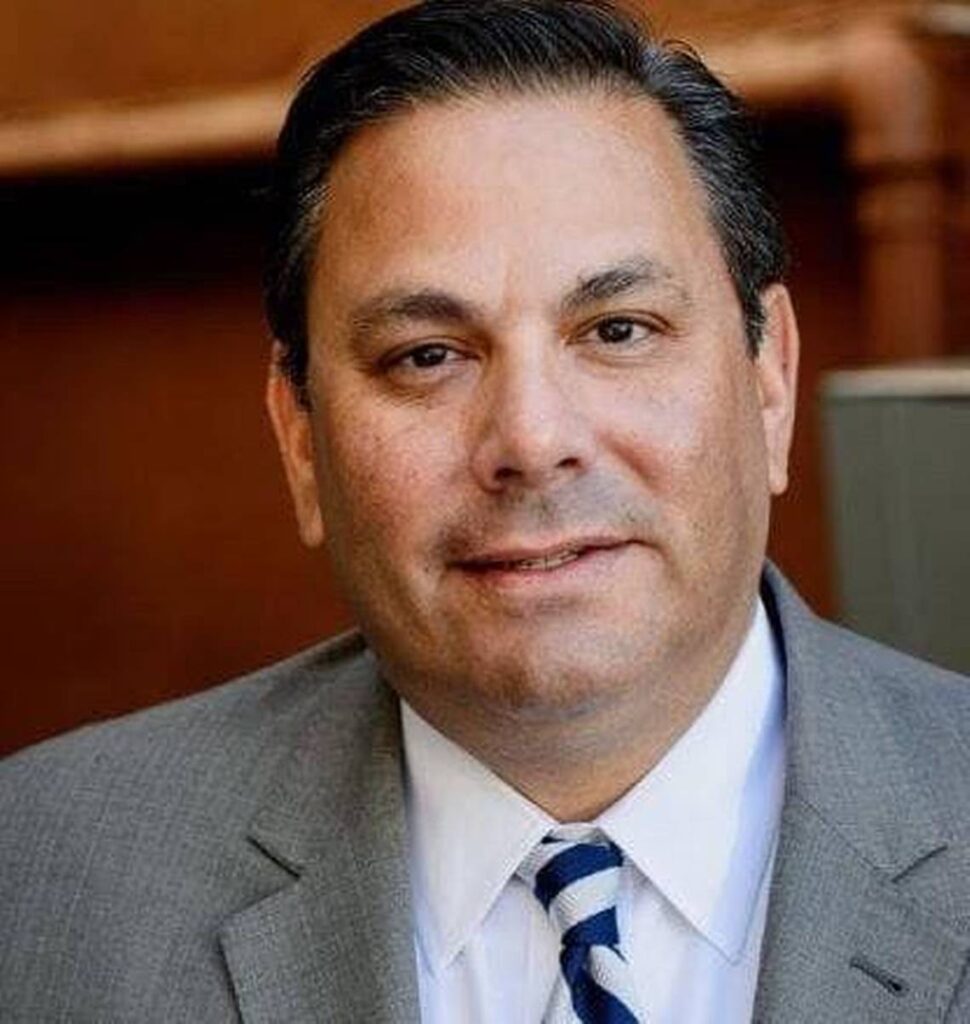By Julio Fuentes, Florida State Hispanic Chamber of Commerce
Imagine if Florida invested as much in preventing damage as we do in cleaning it up. What if, instead of subsidizing artificially low insurance rates, we used those dollars to reinforce roofs, elevate homes and retrofit windows in the state’s most vulnerable communities?
Florida is the riskiest insurance environment in the United States. This fact is not up for debate. It is quantified by reinsurers, rated by catastrophe models and reflected in the global capital markets that either invest in or flee from our insurance system.

The state’s own development policies and the illusion of affordable insurance in the past have encouraged thousands of people to settle and invest in places where nature regularly takes aim. We have more coastal property exposure than any other state, with properties sitting in the direct path of hurricanes formed in the Atlantic and the Gulf, and our rapid population growth, particularly since the COVID pandemic, has placed billions of dollars of new properties into high-hazard zones often without adequate mitigation.
The result of this is increasing insurance premiums for Floridians, which has priced many people out of their homes and even forced some new residents to move back to the states they left. Insurance premiums, like interest rates or stock prices, are not moral judgments. They are signals. When rates rise, they’re telling us something — that the risk is growing, or that the capital to cover that risk is drying up.
Florida must address this challenge. Mitigation is the state’s most proven, cost-effective and underutilized insurance strategy. And yet it continues to play second fiddle to post-disaster aid and property insurance rate suppression tactics that offer little more than political theater. Even recent legal reforms like SB 2A and SB 7052, which tackled litigation abuse and were necessary changes, cannot solve the deeper issue. They address the cost of managing claims, not the cost of catastrophic exposure.
Mitigation should not be treated as an add-on to lowering insurance risk — it is foundational to a functioning insurance market. Until we place it at the center of Florida’s risk strategy, we will continue to pay more to insure homes that are destined to fail.
A National Institute of Building Sciences study released in 2018 estimates that for every dollar spent on mitigation, six dollars are saved in future disaster recovery costs. Here in Florida, programs like My Safe Florida Home have already demonstrated their value, providing grants and inspections that help homeowners strengthen their properties. The results: fewer claims, less damage and quicker recoveries.

Yet these programs remain underfunded, with the Florida Legislature allotting $280 million in this year’s budget despite an ask of $600 million by Gov. Ron DeSantis. We spend billions rebuilding damaged homes, oftentimes in the same areas where previous storms took out communities, while offering only modest assistance to those who want to prepare ahead of time.
If we want to reduce insurance premiums, the only reliable long-term method is to reduce losses. And that means embracing a mitigation-first strategy that includes a variety of methods, such as increasing grant funding for retrofits, but also mandatory inspections on older homes, premium discounts that reward hardened structures and public-private partnerships that expand access to mitigation services, particularly for those in low-income areas.
It’s time to stop asking how we can make premiums cheaper and start asking how we can make homes stronger. Florida policymakers should focus on mitigation as their strategy to lower insurance premiums and reduce the number of claims following a disaster. We owe it to the people of Florida to build a system that recognizes risk and encourages mitigation behavior that makes us safer. Not just politically safer. Actually safer.
Julio Fuentes is the president and CEO of the Florida State Hispanic Chamber of Commerce. Banner photo: A home is elevated to prevent future flooding (Mike Moore, Public domain, via Wikimedia Commons).
Sign up for The Invading Sea newsletter by visiting here. To support The Invading Sea, click here to make a donation. If you are interested in submitting an opinion piece to The Invading Sea, email Editor Nathan Crabbe at nc*****@*au.edu.




How about if we stop letting people rebuild on the coasts with our tax dollars? Return the coasts to wetlands and marsh to mitigate the effect of storms. Our building codes should reflect hurricane straps and there should be a minimum safe standard for windows that actually means something instead of protecting window manufacturers. This could be done if the needs of the people instead of corporations was paramount.